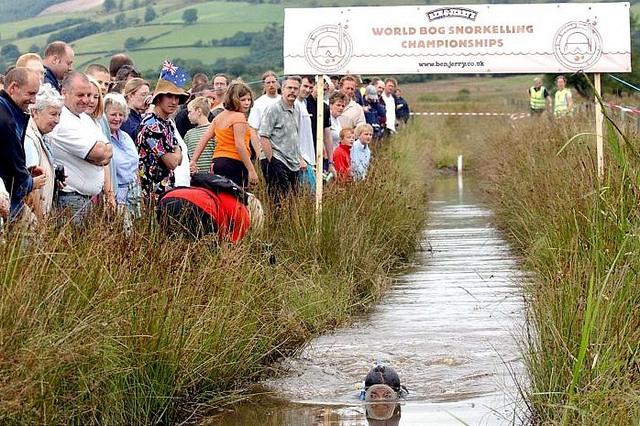If you plan to go to the beach, or a place with a lake, a canal, or a river for your next vacation, you will be probably thinking about what kind of aquatic sports you could enjoy while having a good time in your destination. You would perhaps think of some popular sports. For example, if you like to practice some sports in the water, you would probably go for swimming, diving off springboards or platforms, snorkeling, or even water polo. If your preference is more on the side of sports on the water, you will probably go for some sport related to skiing, boating, surfing, canoeing, fishing, parasailing, rafting, and so on. Or if your preference is to go underwater, you will indeed want to try other kinds of sports such as diving or finswimming.
But even though they can be a lot of fun to practice, these sports are but the most popular ones, and do not really give you a clear idea of the many options that you have at hand to enjoy your time when you travel to destinies where you have access to good bodies of water. And in fact there are plenty of options to practice some other aquatic sports during your vacation. Maybe you will enjoy that new sport so much that you will even become more serious about it, and start practicing it in a regular way when you are back home.
The following two sports may give you an idea of some unusual sports that you can take into account when you plan your next vacation. They take place in destinations that you will surely enjoy after you devote some hours to practice them.
Bog snorkeling
Bogs are not usually considered as specially good attractions for tourists when they travel around the world. After all, what could one want to see in a bog? Probably not much, most people would think. However, a group of Welsh friends thought otherwise in 1976, when they started talking about the possibility of practicing snorkeling not in the sea, in a lake, or in a river, as most people would do, but in a bog. Yes, that is right, in a bog. Since those early days, bog snorkeling has grown up so much that the World Bog Snorkeling Championship began to be held annually since 1986 near Llanwrtyd Wells in Wales, United Kingdom, the birthplace of bog snorkeling.
The main idea behind bog snorkeling is that, in the shortest possible time, competitors be able to complete two consecutive lengths of a water-filled trench. The trick, however, is that this trench, with a length of 60 yards (55 m), has been cut through a peat bog. To complete it, competitors must rely on flipper power exclusively, so conventional swimming strokes are not allowed. Wetsuits are not compulsory, but competitors are required to wear snorkels and flippers.

Image courtesy of Ethreon at Flickr.com
Bug snorkeling is practiced mainly in Wales, but some events also take place in Australia, Ireland, and Sweden.
Fierljeppen
For sure, you have seen different events of pole vaulting at some point in your life. After all, it is one of the four major jumping events in athletics, and a regular sport in the Olympics. But pole vaulting is no fun at all if you do not practice it on the water, or at least that is what the Frisian people, in the Dutch province of Friesland, have thought for centuries.
Netherlands is famous for being located under the sea-level, but one consequence of this is that the country has many waterways. In order to get around these waterways easily, farmers began to use poles to leap over water drainage channels, so they could have access to different plots of land. Thas was the origin of Fierljeppen (from the West-Frisian terms for “far”, fier, and “leaping”, ljeppen), a sport whose first official match took place in 1771, but that was properly structured in 1957.

Image courtesy of bertknot at Flickr.com
To practice this sport, you only need a long pole (between 26 and 43 feet / 8 and 13 meters long) and a body of water. The pole must have a flat round plate at the bottom, which prevents it from sinking into the muddy bottom of the river or the canal. Contrary to pole vaulting, in Fierljeppen you do not run with the pole in your hands. You run towards the pole, which is in the water, jump, grab it, and then climb to its top trying to control its movements over the body of water. You finish by landing on a sand bed located in the side opposite to your starting point.
Fierljeppen is practiced mainly for fun and for the entertainment of tourists in the Netherlands nowadays. However, an official National Fierljeppen Manifestation (NFM) still takes place annually. There are also numerous clubs in the country, and six leagues where championships are contested.

